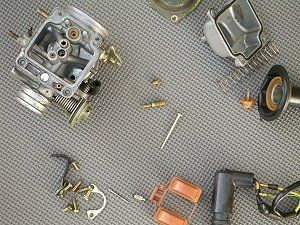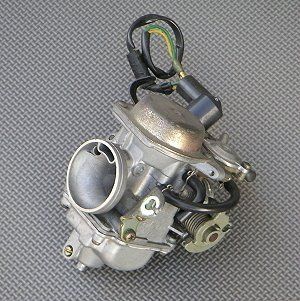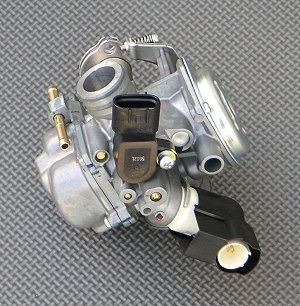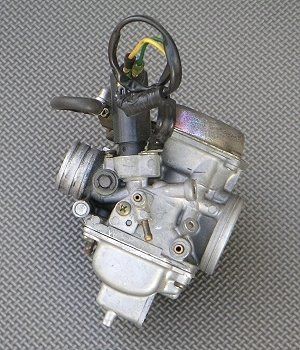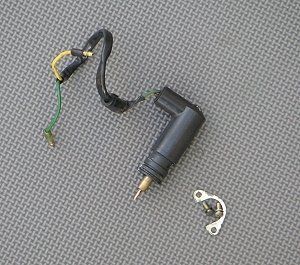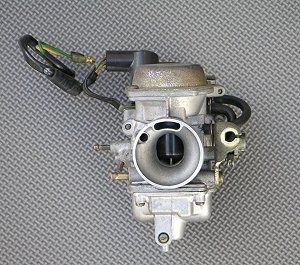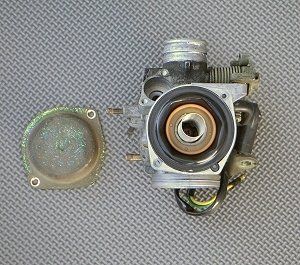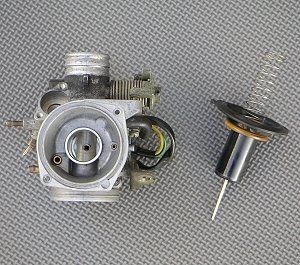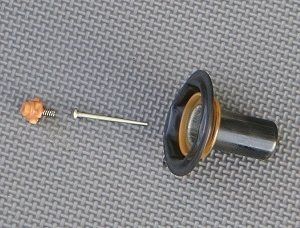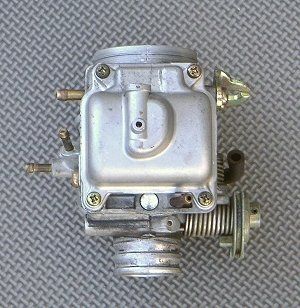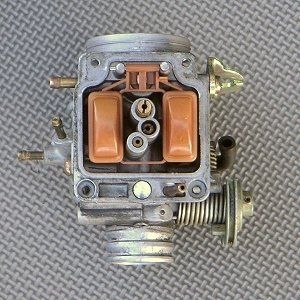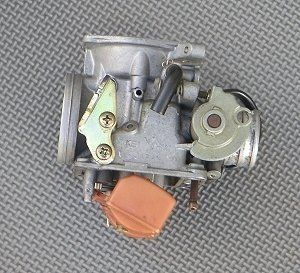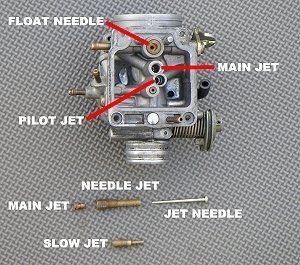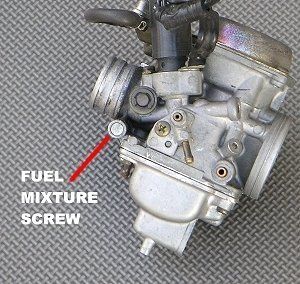Jetting and understanding your CV carburetor
What do all these pieces do? You may also ask, “how or why would I do this to my carb?” The goal of this article is to unravel the mystery of carburetor jetting. Before we can do that we need to understand what all the parts are and what they do. I suggest you read this article a couple times now, and later on while you tinker with your carburetor so things sink in.
The modern carburetor is an incredible fuel metering device. I understand that fuel injection is the wave of the future but the carbs we have now are almost as good. The only downfall of a carb is that it can’t tell how cold the intake air is and it also can’t compensate for mechanical wear. Modern fuel injected motors know the temperature of the intake air and they can also adjust the fuel mixture of an engine while cruising. One day we’ll talk about “FI” but this article is all about “CV” or constant velocity carbs baby!
